After having spent the morning on the Genesee I-70 overpass with 12-15 other photographers shooting the setting SuperMoon, I was hoping that tonight’s location for the rising, 12-hour-old SuperMoon might be a bit less hectic. I’ve been using The Photographer’s Ephemeris iPhone app for planning landscape shots for a few years now, and it is an indispensable tool for planning phases and the precise location of the rising/setting of the moon, as well as showing you the relative heights of camera and subject, etc.
Having avoided the best ‘downtown’ location the night before due to poor atmospheric conditions, I chose the lower flank of the eastern side of Green Mountain to line up the rising moon over the Denver skyline. As either good or bad fortune would have it, on the evening of 11/14/16 the lower atmosphere to the eastern horizon was socked in with cloud cover, preventing any chance of capturing the moon directly behind skyscrapers. Let’s face it, moon pictures can be kind of mundane; after all, a cropped-in image of a SuperMoon looks pretty much just like an image of the moon at either apogee or perigee. Being the largest, brightest moon since 1948, I wanted to try and capture something unique, and present it in a way in which our expectations of the subject matter are set aside. I thus chose to capture a sequence of the SuperMoon rising through those clouds and out above Denver, which I would compile into a TerraLapse image showing the entire event, rather than just a single shot of the moon over the city. Shooting sequences like these is a rigorous, time-consuming process that demands attention to detail on a variety of aspects of the image. I’ve been confounded in countless ways over the last few years of shooting these sequences, and I still occasionally find a new way to screw it up.
After setting up and manually-focusing as best I could using Live View, I then narrowed the exposure down to get as much light onto the downtown buildings as possible without having the foreground look unnatural, knowing full-well that the moon would be blown out (excessively over-exposed) using such an exposure. Since the moon was rising 40 minutes after the sun set, there would be no way to get a proper exposure of both the moon and city. I used a manual exposure setting so it didn’t change through the sequence, and started shooting at 4-second intervals about 90 seconds before the moon broke the horizon, even though there was no way to see it through the cloud cover.
As the moon came up you could see its orange glow behind the clouds, and I was pretty sure that the sequence would prove to be unique, though you never quite know what you are going to get with ‘time-lapse’ sequences like these until you put them all together to see the final image. Back in 2013, the ‘Tribute Hike’ star-trail image I captured over Loveland Pass gave me the idea to use astrophotography image stacking techniques in order to blend a series of images into a single, long exposure, far longer than you could ever capture in any camera. I’ve refined the technique over the years (with regard to both image capture and post-processing), and have applied it to many non-traditional (e.g. daytime) subjects. Basically each frame is brought into Photoshop, and blended using the ‘Lighten’ command, which essentially compares the brightness of each pixel with every frame in the sequence, and ‘picks’ the brightest one for the final composite image. This process can take hours of computing time, depending on the resolution and number of frames crunched.
This image in particular was problematic with all the air traffic approaching and departing Denver International Airport, which showed as a variety of points of light creating interrupted ‘streaks’ and general noise throughout the image. Although I could have used some layering techniques to try and isolate the sky, a mind-numbing amount of cloning them all out from the source imagery was the only viable alternative to creating a natural-looking image absent the abundant air traffic. I ended up using 407 images from a Canon 1Dx (raw files ~18.7MB each, totaling 7.99 GB) captured between 5:23:08 and 5:56:58 PM, which after compilation is effectively a 33 minute, 50 second exposure, and showing the entire moonrise from before it’s even visible, to its coming though the clouds and then ultimately leaving the frame.
I’m pretty happy with the end result:
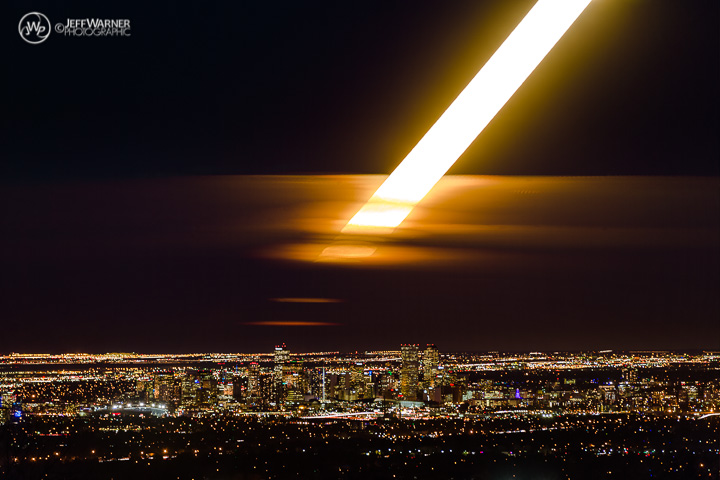
EQUIPMENT USED:
Canon 1Dx
EF 70-200/2.8L IS II@200mm
Manual
1/4-sec
f/4.0
ISO 200
4-sec interval
TC-80N3 Intervalometer
RRS TVC-34 Tripod
RRS BH55 Ball Head w/PC-LR Panning Clamp
The Photographer’s Ephemeris (app)
Photo Transit (app)
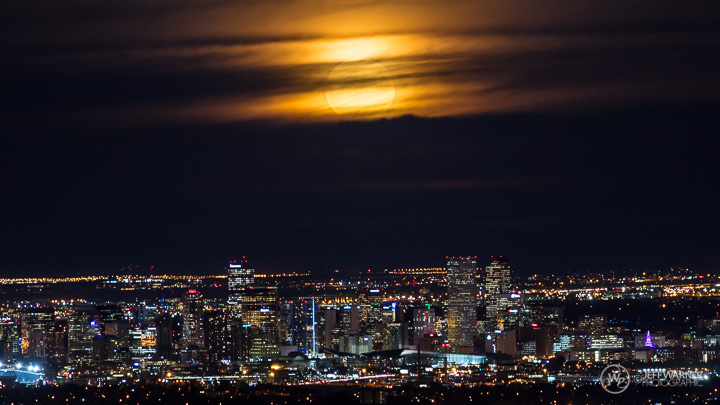


Time-lapse video compiled of the SuperMoon rising over the Denver skyline, as captured from Green Mtn. (33 minutes, 50 seconds):
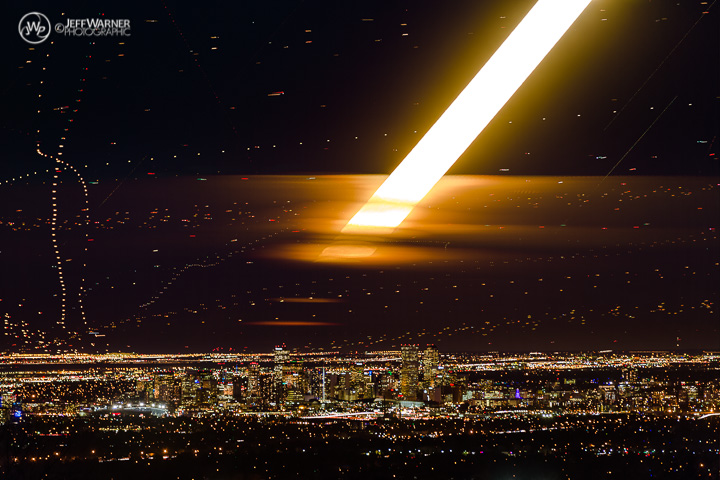

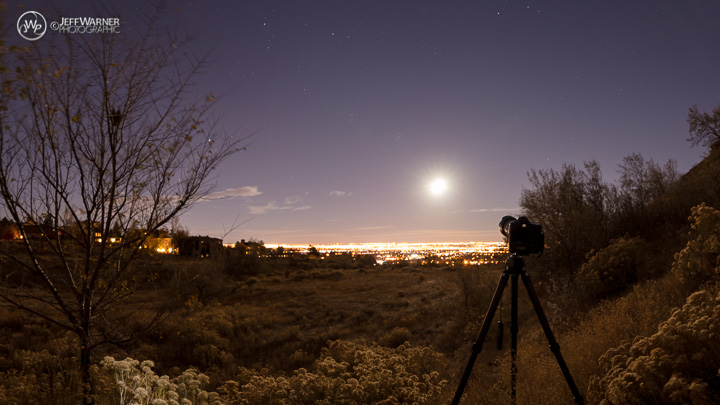
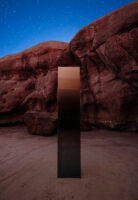
Pingback: 12/22/16: Space.com post of ‘SuperMoon’ image